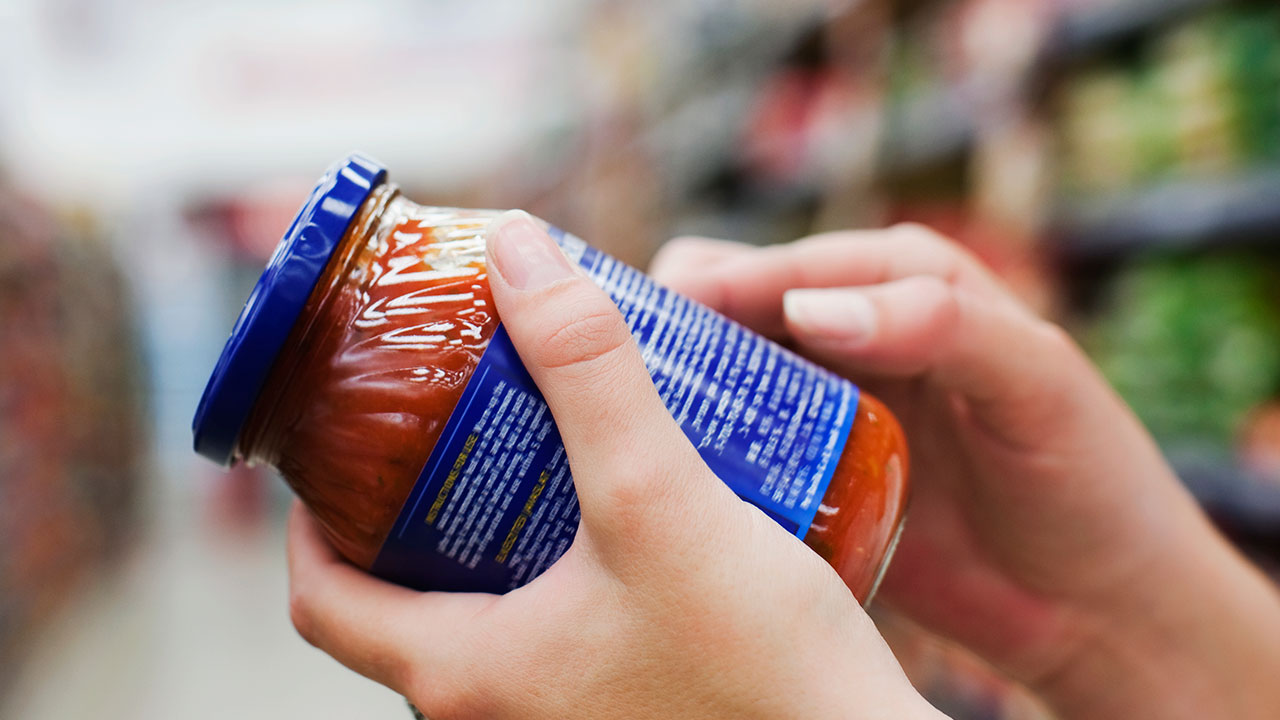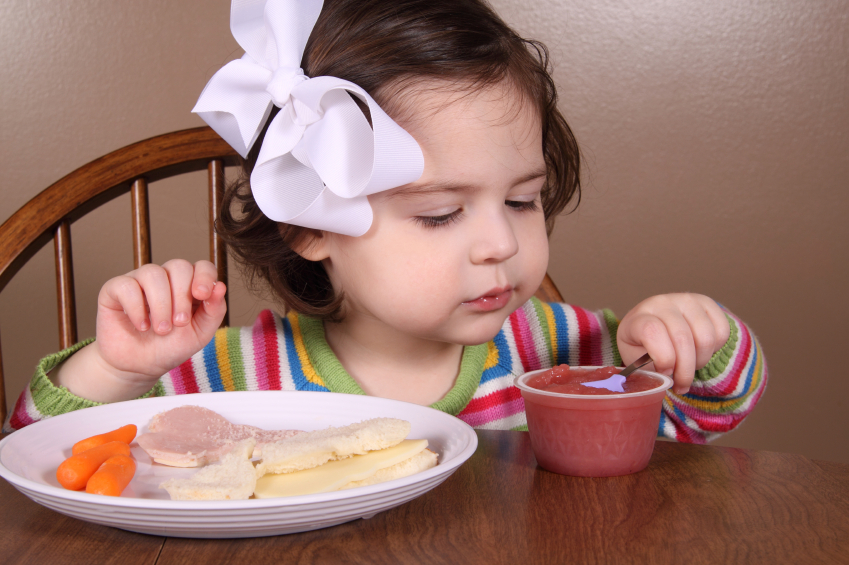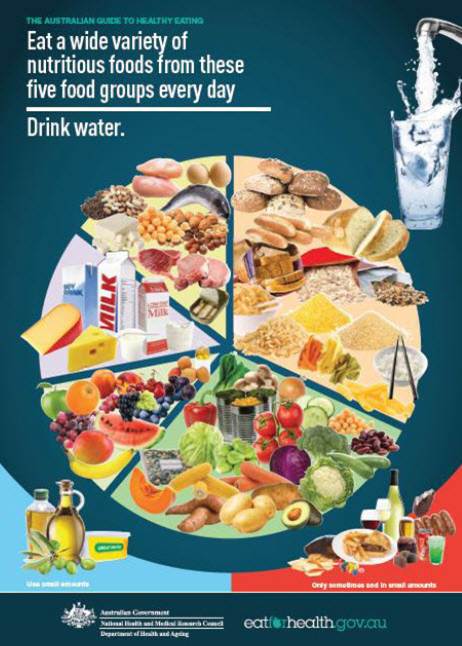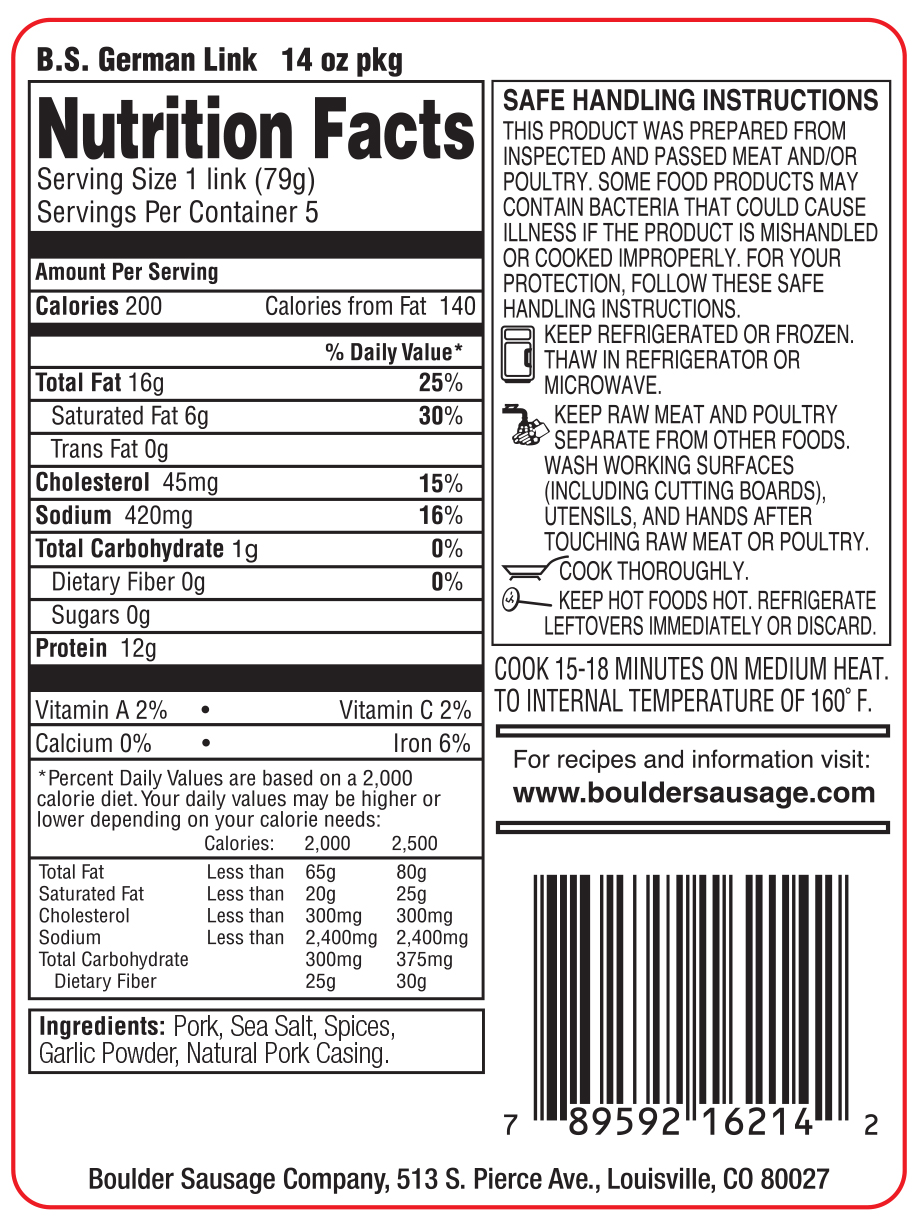40 food labels with additives
How To Read Food Labels? | Alive | iTHRIVE Many packaged foods contain food additives. Food additives are substances added to the food to preserve them or to enhance taste, flavor, and appearance. But these additives are harmful to our health in several ways. One such additive is Carrageenan: it is a sea vegetable, high in iodine, sulfur, trace minerals, and vitamins. Food additives | Food Standards Agency The additives that you are most likely to come across on food labels are: antioxidants - these stop food becoming rancid or changing colour by reducing the chance of fats combining with oxygen...
Don't Be Fooled by Food Labels - WebMD True. b. False. Answer 1 / 12. If it's labeled "natural," it's healthier. You answered: Correct Answer: "Natural" sounds healthy, but it can mean a lot of things. The FDA says a package can say ...

Food labels with additives
Food additives - British Nutrition Foundation Food additives are substances added to foods to perform a range of specific function. Additives may be natural, nature identical or artificial. The main groups of food additives are antioxidants, colours, flavour enhancers, sweeteners, emulsifiers and stabilizers and preservatives. ... Food labels give information about most additives present ... Food additives - Food labels - Canadian Food Inspection Agency Unlike food additives, processing aids are not considered to be ingredients, and are therefore not required to be declared on prepackaged food labels under FDR. Although there are no regulatory requirements for the preclearance of processing aids as there are for food additives, using processing aids is controlled by subsection 4(1) of the Food ... Food labels: What are additives and E-numbers? - AngeNoy.com Additives can be natural or artificial in origin, and can be listed with either an e-number or a name, such as Sweetener (Aspartame), or Sweetener (E951). What are E-numbers? E-numbers are reference code numbers given to different chemicals that have undergone safety tests and been approved for use as food additives throughout the European Union.
Food labels with additives. Food Additives and Compounds | Nutrition.gov Consumer Info About Additives & Ingredients. HHS, Food and Drug Administration, Center for Food Safety and Applied Nutrition. Find information from the Food and Drug Administration ( FDA) on benzene, color additives, fat substitutes, food irradiation, preservatives, sweeteners, sulfites, and more. Avoid these 6 harmful food additives - CNM Health Coach Here's how to look out for food additives when reading a label: Strange sounding ingredients. If an ingredient has an obscure name or uses acronyms such as BHT (Butylated hydroxytoluene), you can guarantee it is some kind of additive. E-numbers are additives. Manufacturers either use the name of the additive or the numerical ID to display the ... Overview of Food Ingredients, Additives & Colors | FDA On a product label, the ingredients are listed in order of predominance, with the ingredients used in the greatest amount first, followed in descending order by those in smaller amounts. The label... Food Additive Status List | FDA Additives included are those specified in the regulations promulgated under the FD&C Act, under Sections 401 (Food Standards), and 409 (Food Additives). The Food Additives Status List includes...
Food additives - WHO | World Health Organization Substances that are added to food to maintain or improve the safety, freshness, taste, texture, or appearance of food are known as food additives. Some food additives have been in use for centuries for preservation - such as salt (in meats such as bacon or dried fish), sugar (in marmalade), or sulfur dioxide (in wine). Food Label Misconceptions - Food Ingredient Facts The truth of the matter is that food labels, including those with long lists of scientific names, are clean and safe themselves; and to get rid of these naturally-occurring, supportive ingredients and additives only serves to reduce taste, convenience, shelf-life, and overall food efficiency. Food Additives: Definition, Uses, Examples, Types, Preservaties Ans: Food additives are added to increase the shelf-life of the stored food or for cosmetic purposes. Antioxidants, preservatives, fat emulsifiers, and stabilizing agents, as well as flavour improvers, are used to increase the shelf-life of the stored food. Dyes, flavours, and sweetening agents help to improve their cosmetic value. Q.6. Read Your Labels: The "Top Ten" Additives to Avoid: A Recap These "excitoxins" can be found in soups, broth, flavoring additives, chips, dips, soup mixes, ramen noodles, frozen meals, snack mixes, canned fish, and a wide variety of other dishes - including "natural," "vegetarian," and organic ones. Why you should avoid them:
Food Additives Labeling: LabelCal By LabelCalc.com. Food Additives Labeling: FDA Guidelines and Resources. It's important to understand which resources to use when it comes to food additives labeling in order to safely include additives and coloring agents in your product. Image source: Flickr user Amy. Dealing with food additives can be tricky, to say the least. 12 Common Food Additives — Should You Avoid Them? Chicken, beef, fish, pork, legumes, nuts, eggs and tempeh are just a few delicious high-protein foods that you can add to your diet in place of processed meats. Summary Sodium nitrite is a common... Food additive labelling Most food additives must be listed by their class name followed by the name of the food additive or the food additive number, for example, Colour (Caramel I) or Colour (150a). Enzymes and most flavourings (or flavour) do not need to be named or identified by a food additive number and can be labelled by their class name only. 22 Additives And Preservatives To Avoid | FOOD MATTERS® May cause chromosomal damage. Found in candy, cereal, soft drinks, sports drinks and pet foods. 4. Red Dye # 3 (also Red #40 - a more current dye) ( E124) Banned in 1990 after 8 years of debate from use in many foods and cosmetics. This dye continues to be on the market until supplies run out!
Additives in food products - EU labelling rules - Your Europe In an ingredient list, most food additives and food enzymes must be preceded by the name of the category to which they belong (examples: antioxidant, emulsifier, preservative). List of all additives - annex 2 part B of the EU regulation on food additives Classes of food additives - annex 1 of the EU regulation on food additives
Food Additives Examples, Types & List | What are Food Additives ... Food additives, such as ascorbic acid and other preservatives, are added to fresh foods to prevent the growth of harmful bacteria and mold. Wax is a food additive used as a covering over the skin...
Understanding Food Labels - Food Ingredient Facts Food labels are required to list all ingredients contained in the food in descending order based on the amount found in the final product. Most food additives are therefore found toward the end of the ingredient list. This indicates they are used in very small amounts in the food, generally less than two percent of the product.
Food Ingredients Distributor | Univar Solutions Explore ingredients and innovations for the food and beverage industries including a range of solutions for bakery, dairy/non-dairy, meat, alternative protein, snacks and plant-based products.
Food labelling requirements for declaring Food Additives If flavouring agent has been added to the food, it shall be written just beneath the list of ingredients on the label attached in capital letters as below: CONTAINS ADDED FLAVOUR (specify type of flavouring agent) (c) If both color and flavour are used in the product, a combined statements shall be mentioned, as
Additive labelling - Healthy Food Guide Food additives normally come under a 'class' which is a category that indicates what the food additive does. Examples of classes include preservatives, sweeteners, colours and flavour enhancers. Food additives are also assigned international code numbers - these are the numbers that we see on food labels. These numbers can be used in ...
Classification of additives in the food industry - BTSA In addition, the regulations concerning additives require that all food additives used in the product should appear on food labels. In Europe, the E-number system is used, although labelling using the full name of the additive, Tocopherols for example, a natural antioxidant used in the food industry can be labelled using its E-306 number or as ...
Food Label Translation: What Are The Additives BHA & BHT? If you read the label on many foods, you might see a statement that says something like: "BHA and BHT added to preserve freshness." Lately, reading food labels can make you feel like you need a short refresher course in chemistry. ... Food additives are tested for safety by giving extraordinarily large amounts to test animals, such as rats ...




Post a Comment for "40 food labels with additives"